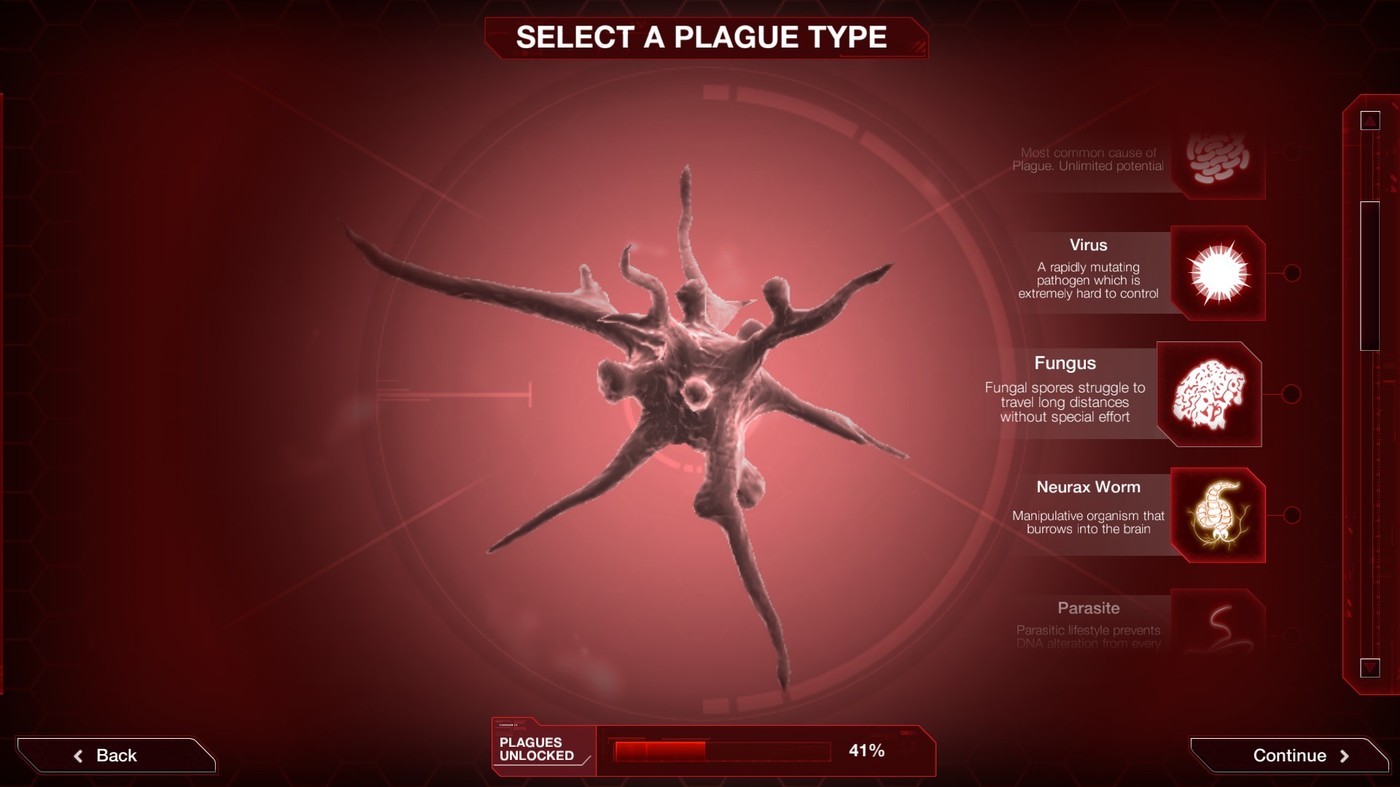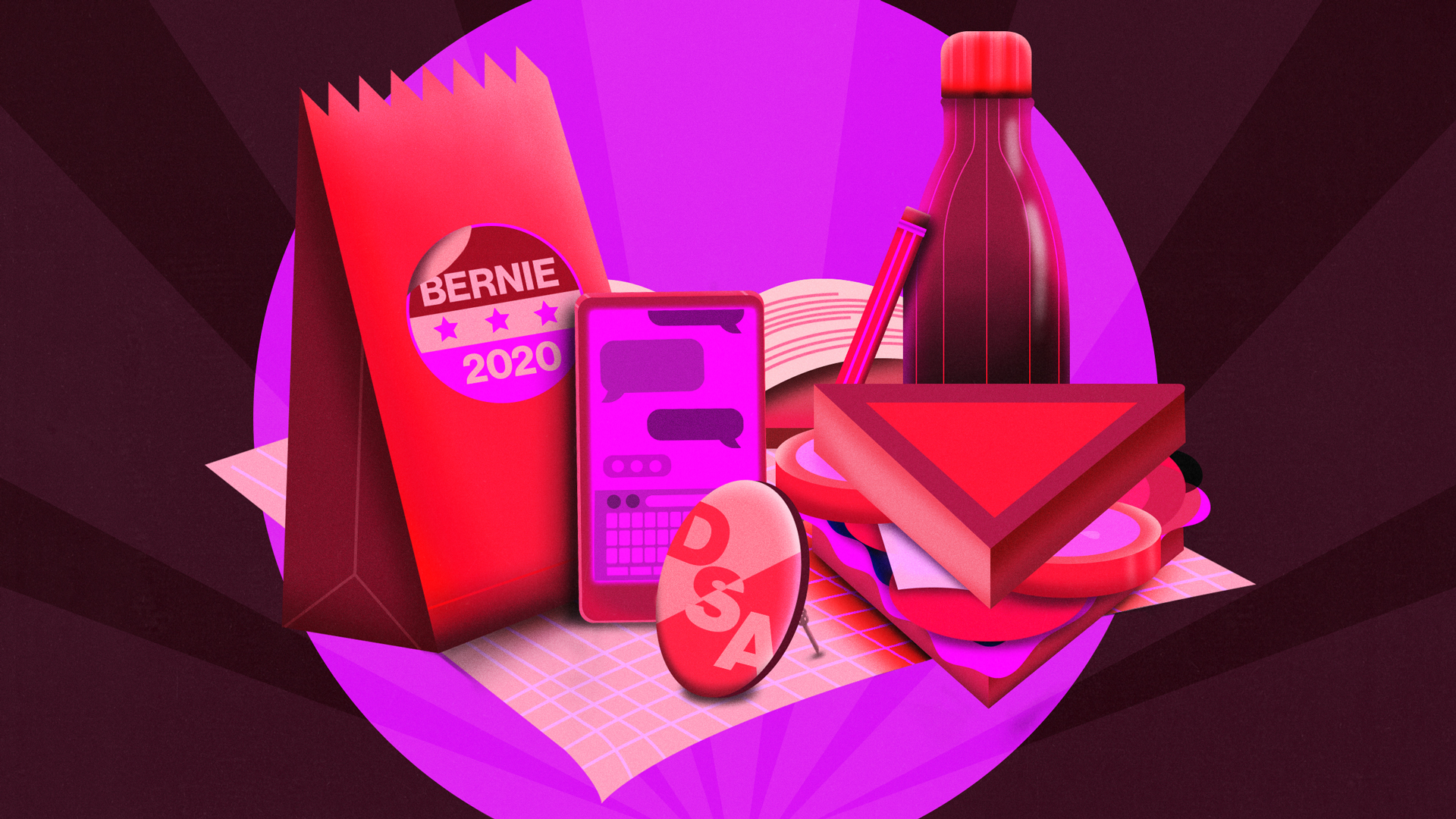FASCIST REGIMES DEMAND ID FOR EVERYTHING
Showing your ID is required for nearly everything in Hungary. Getting IDs that reflects trans Hungarians' gender identities may become simply impossible.
By Nico Lang May 5 2020
LGBT PRIDE PARADE IN BUDAPEST, HUNGARY IN 2018. | GETTY IMAGES
This was shaping up to be the best year of Katalin Kobak’s life. After getting a long-awaited promotion at her job working for a multinational IT company in Budapest, Hungary, she came out to her coworkers as a transgender woman in January. They immediately accepted Kobak, who asked to use a pseudonym in this story, and began referring to her by her new name and pronouns.
Everything was great for two months, Kobak said, until COVID-19 hit. On March 30, the Hungarian parliament voted 137 to 53 to allow its far-right prime minister, Viktor Orbán, to indefinitely rule by decree as the central European country instituted nationwide lockdowns to prevent the spread of the novel coronavirus. That action effectively suspended elections until further notice and also gave him the power to silence critics of his administration by criminalizing “misinformation” about the government’s response to COVID-19.
The very next day, Orbán’s government introduced an omnibus bill, known as T/9934, that would prevent trans Hungarians from correcting the gender marker listed on their official birth certificates. The legislation, which is likely to pass given the prime minister’s new emergency powers, would amend the Hungarian Registry Act to define an individual’s gender as based on “biological sex,” a status determined by “primary sex characteristics and chromosomes.” In a memo accompanying the bill, the government declared that “completely changing one’s biological sex is impossible” and so it should not “be changed in the civil registry either.”
Kobak recalled she was at work when she learned the legislation was being pushed through parliament, and she “cried for an hour.” One of the things that made the announcement so difficult, she said, is that the plan was introduced on the International Transgender Day of Visibility, an annual event to celebrate the accomplishments and resilience of trans communities around the world.
“I couldn’t think straight,” she told VICE. “I couldn’t believe that they could be so malicious. This is just evil.”
Kobak, who is in her mid-30s, said she has been extraordinarily lucky up until now. Although LGBTQ equality is a divisive issue in a country that has become increasingly conservative under Orbán’s leadership, her coming out was embraced by friends and family members. She lives in a progressive area of Budapest where she says she’s rarely felt unsafe to be herself. However, she worries things will change if the omnibus bill passes because it will give people more “power to openly hate trans people because they will fear less about the consequences.”
“It is a possibility that at some point in the future that it won’t be safe,” Kobak said. “It only takes one angry man or woman who comes after me. I was fortunate so far, but that can’t last forever.”
Trans Hungarians who spoke to VICE said the bill’s passage would make it impossible to go about their daily lives. Although the legislation doesn’t explicitly ban transgender people from updating the name on their birth certificates, names in Hungary are explicitly gendered. The official registry through the Hungarian Academy of Sciences only allows individuals to select a name from one of two lists, and to date, there have been no names approved for both men and women. A trans woman with a male gender marker on her birth records would, consequently, be forced to also have a male name.
On its face, trans advocates said having a birth certificate that doesn’t match an individual’s lived identity could be extremely dangerous in a country where many members of the community are not publicly open about their identities; it could lead to people being outed and potentially harmed. But what makes the government’s decision to deny corrected birth records to its transgender population additionally impactful is that all other forms of identification are tied to birth certificates in Hungary. It’s impossible to get a driver’s license or ID card that reflects a transgender person’s sense of self without having those documents changed first.
“Someone can only have the exact same name on their ID card and on all kinds of documentation,” said Tina Kolos Orban, vice president of the community group Transvanilla Transgender Association. “They can only be registered at the bank under that name. They can only sign contracts under that name.”
Having correct documents is particularly critical in Hungary, where residents are required to show their IDs on a near daily basis. Identification is required for everything from voting and picking up mail at the post office to applying for a bus pass. Ivett Ördög, a 39-year-old transgender woman living in Budapest, said a friend who is a student at a local college was “humiliated in front of the entire class” when she was asked to show “her male ID” while submitting a test.
Many trans Hungarians, including Ördög, have already been forced to live without a corrected birth certificate for years. While transgender people had long been allowed to apply for legal gender recognition under an informal process with few guidelines, the government instituted an official application process in 2018. But since then, federal authorities have delayed nearly all requests or declined to respond without giving any kind of explanation. In 2019, a complaint was filed to the European Court of Human Rights on behalf of 23 individuals who had been unable to apply for a corrected gender marker under the two-year-old regulations.
Ördög said the government’s actions have resulted in “harassment” and “abuse” as countless applicants have been made to wait in limbo. “This leads to situations where we have to explain ourselves and come out to people we don’t want to come out to,” she told VICE. “One time a person wanted to call the police on me because he said that I was using a fake ID.”
Because the omnibus bill is vaguely worded, many are concerned its impacts could be even more far-reaching. Although Hungary is one of 11 European Union member countries that does not recognize full marriage equality, trans people who successfully applied for a corrected gender marker prior to 2018 were permitted to marry someone of the opposite legal sex. If the government rolls back gender recognition for trans people, would their marriages automatically be invalidated?
“A lot of people who get a legal gender change move to a different city, create new friendships, and restart their life,” Ördög said. “All of these people who have in the last 20 to 30 years decided to go stealth, they are all going to be suddenly exposed.”
Trans advocates in Hungary say the omnibus bill will pass if it comes up for a vote in parliament, which is likely to occur next month. Since Orbán came to power in 2010, the ruling party, Fidesz, has likened homosexuality to pedophilia, called to ban LGBTQ Pride marches, and pushed a “family first” policy intended to boost birth rates among heterosexual couples. In 2019, Hungary pulled out of Eurovision amid reports that government ministers opposed the long-running song contest’s embrace of LGBTQ inclusion. A spokesperson for Orbán called the speculation “fake news” on Twitter but did not proffer another reason for the country’s refusal to participate.
Tamás Dombos, a board member of the Hungarian LGBTQ group Háttér Society, noted that the fact is that Orbán’s party has a two-thirds supermajority in parliament and “can adopt whatever legislation they want,” regardless of the impact. Since the omnibus bill was announced, Dombos said the organization has received an influx of calls from people who are considering taking their own lives.
“We've received calls from people saying, ‘My life will never be okay. I will never be able to live the way I want to,’” he told VICE. “The impact of this legislation can be really detrimental on the everyday life of people.”
While advocacy organizations plan to appeal to the Constitutional Court of Hungary and the European Court of Human Rights to strike down the legislation if it passes, some say the damage is already done. Kornélia Fekete, a student in her early 20s who asked to use a pseudonym in this story, plans to leave Hungary as soon as she graduates next semester. She said the omnibus bill has turned her “world upside down” because she suddenly had to start filing residency applications “so that the clock can start ticking and [she] can apply for citizenship as soon as possible.”
The 2020 citizenship application deadline for many countries has already passed and many countries are restricting immigration during the pandemic outright, but Fekete said she will not give up. “I’m not staying here,” she told VICE. “They don’t want me here. Why should I stay? They literally want to rule us out of existence.”
Others, however, who don’t have the means or the finances to move will have no choice but to stay and stick it out, and Kobak is attempting to remain hopeful. Her colleagues at work reached out to express their shock and disbelief regarding the omnibus bill, asking what they can do to help. But as much as she is trying to stay positive, Kobak said she has been in a “downward spiral and a depressed state” over the past few weeks, especially with the country virtually shut down due to COVID-19. She lives alone and has only been going out once a week to buy groceries.
If the omnibus bill has made persisting through an unprecedented global pandemic even worse, Kobak believes that is by design. She said that Orbán’s government has been waiting to do this for years and finally found the “perfect opportunity” with the country’s attention exclusively focused on COVID-19. Because of lockdown orders, Kobak can’t even leave her house to protest the legislation.
“There is no solution in sight,” she said. “I’ve checked the news every day to see if maybe somehow they would forget about this, but so far nothing. I’m beginning to lose hope that I will have my ID changed in the next five years. I don’t know.”



















